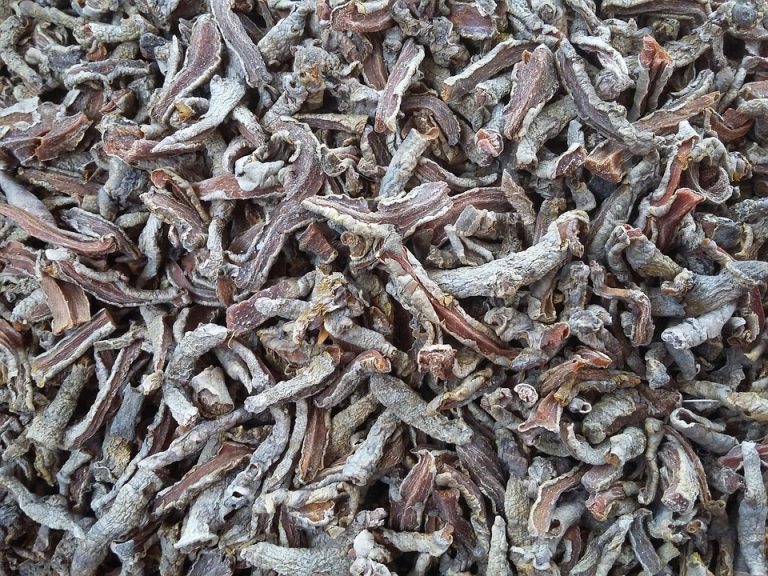Calcium rich bones foods are the simple, delicious building blocks your body begs for when it comes to strong bones, steady balance, and moving through life without fear. These are everyday ingredients — from leafy greens to sardines — that provide calcium, and often other nutrients, your bones need to stay dense and resilient. If you’ve ever felt the jitter of worry about osteoporosis, or watched a loved one lose spring in her step, this matters. It matters because the right bites translate into fewer breaks, better posture, and a life lived fully, not gingerly.
I’m going to speak plainly. This article gives you seven clear ways calcium rich bones foods boost bone health, how to use them, and realistic tips you can start tonight. You’ll find science, seasoned advice, and practical meal ideas. No judgment. Just straight help.
Contents
- 7 Ways Calcium Rich Bones Foods Boost Bone Health
- 1. They Build Bone Mass From Youth To Age
- 2. They Reduce Bone Loss As You Age
- 3. They Improve Bone Strength And Microarchitecture
- 4. They Lower The Risk Of Fractures
- 5. They Support Muscle Function And Balance
- 6. They Offer Natural, Bioavailable Calcium
- 7. They Come With Other Bone-Protecting Nutrients
- Practical Tips To Squeeze More Calcium Into Your Day
- Daily Meal Ideas Featuring Calcium
- Bottom Line
- FAQ
7 Ways Calcium Rich Bones Foods Boost Bone Health
1. They Build Bone Mass From Youth To Age
Your bones constantly remodel. When you eat calcium rich bones foods, you supply the raw material that becomes bone mineral. Think milk, yogurt, and firm tofu — they feed the cells that lay down calcium. Young adults who meet calcium needs develop higher peak bone mass, and that buffer protects you decades later.
Studies from university health centers show higher lifelong calcium intake links to stronger bones. That’s not abstract. It’s fewer fractures when you trip, and more confidence when you bend down to tie your shoe.
2. They Reduce Bone Loss As You Age
As hormones change, especially in women after menopause, bone loss accelerates. Eating calcium rich bones foods slows that slide. Combined with vitamin D, calcium decreases bone turnover, helping preserve density.
I’ve seen women double down on dairy alternatives and leafy greens and keep their bone scans steady. That’s real-world proof that food matters, not just pills.
3. They Improve Bone Strength And Microarchitecture
Strength isn’t just about how dense a bone is; it’s about how it’s built. Foods high in calcium often come with other nutrients — phosphorus in dairy, magnesium in nuts, vitamin K in greens — that help the bone matrix hold together. When you choose calcium rich bones foods, you’re feeding the scaffold as well as the mineral.
Hospital research and nutritional science agree: balanced sources of calcium support better bone structure than calcium alone.
4. They Lower The Risk Of Fractures
This is the payoff. A steady menu of calcium rich bones foods helps prevent breaks. Clinical reviews show populations with higher dairy and calcium intakes have fewer hip fractures. That’s huge. Hips heal slowly and badly; avoiding that injury keeps your life mobile.
Make no mistake: food is one practical, everyday prevention tool that stacks the odds in your favor.
5. They Support Muscle Function And Balance
Calcium isn’t limited to bone; it’s vital for muscle contraction and nerve signaling. When your diet includes calcium rich bones foods, your muscles work better, reactions are quicker, and balance improves. That reduces falls, which are the main cause of fractures.
Doctors at major clinics emphasize that bone health and muscle health are partners. Feed both.
6. They Offer Natural, Bioavailable Calcium
Not all calcium is created equal. The calcium in milk, yogurt, sardines with bones, and firm tofu is more bioavailable — your body absorbs it well. Eating calcium rich bones foods means you get calcium plus co-factors that help it absorb: protein, lactose in small amounts, and other minerals.
Nutrition researchers at medical schools report absorption rates are higher from whole foods than from isolated supplements for many people.
7. They Come With Other Bone-Protecting Nutrients
Here’s the beauty: when you choose calcium rich bones foods, you usually get vitamin D, magnesium, vitamin K, and protein bundled in. These nutrients act in concert. Vitamin D helps you absorb calcium. Vitamin K helps lock calcium into bone. Magnesium supports bone mineralization.
The synergy matters. A balanced plate beats a single pill.
Practical Tips To Squeeze More Calcium Into Your Day
- Start with breakfast you love. Mix plain yogurt with fruit and a sprinkle of almonds. Yogurt provides calcium and probiotics; almonds add magnesium and crunch.
- Add greens daily. Cooked kale, collards, and bok choy are packed with calcium and fold into soups, stir-fries, or omelets.
- Snack smart. Low-fat cheese, a small can of sardines on whole-grain crackers, or a glass of fortified plant milk keeps calcium in reach.
- Pair calcium with vitamin D. Spend time outdoors safely and enjoy fatty fish. Fortified foods help, too.
- Watch for sodium and excess caffeine. They can increase calcium loss. Balance is everything.
Make these moves habit. You’ll notice steadier energy, easier movement, and calmer bones.
Daily Meal Ideas Featuring Calcium
Breakfast: Greek yogurt with berries, chia seeds, and a drizzle of honey. This combo gives you dairy calcium, protein, and omega-3s.
Lunch: Kale and white bean salad with smoked salmon. Beans and kale add calcium; the salmon brings vitamin D.
Snack: Cottage cheese with sliced peaches or a handful of roasted almonds.
Dinner: Sautéed bok choy with tofu and brown rice, or pan-seared sardines with roasted sweet potatoes and steamed broccoli. These meals are simple, affordable, and full of calcium rich bones foods.
How To Choose Supplements Wisely
Supplements have their place, but food first. If your doctor recommends a supplement, choose one that matches your needs and take it with a meal to improve absorption. Remember that very high calcium supplements may have risks; aim for recommended intakes that a credible health organization supports.
Talk to your clinician and bring a list of what you eat. That conversation ensures safe, personalized choices.
Combining Food With Movement
Weight-bearing exercise is a partner to calcium rich bones foods. Walk briskly, lift some weights, do balance work. These activities signal your bones to stay strong. Clinical practice guidelines from university medical centers recommend pairing nutrition with exercise to get the best bone health outcomes.
You’re not just feeding bones; you’re telling them to stay tough.
Bottom Line
If you care about staying upright, active, and independent, put calcium rich bones foods on your plate. They build and preserve bone, support muscles, reduce fracture risk, and come with a suite of nutrients that work together. This is doable. It’s a series of small, honest decisions: yogurt for breakfast, a green at lunch, sardines now and then. Over time, those choices add up to fewer worries and more living.
Eat well. Move daily. Check in with your healthcare provider about vitamin D and any supplement needs. Your bones will thank you.
FAQ
What Are The Best Food Sources Of Calcium?
The best sources include dairy like milk, yogurt, and cheese; fortified plant milks; firm tofu; canned salmon and sardines with bones; and dark leafy greens such as kale and collards. Including a variety ensures you get calcium plus co-nutrients.
Can I Rely On Supplements Instead Of Food?
Supplements can help if you have low intake, but whole foods provide better absorption and additional nutrients. Speak with your clinician before starting high-dose supplements to make sure they’re right for you.
How Much Calcium Do Adults Need?
Daily needs vary by age and life stage; many adults aim for about 1,000 to 1,200 mg per day. Your exact target depends on your health and history, so check with a registered dietitian or your doctor.
Are Plant-Based Sources As Effective?
Yes—some plant foods are excellent sources, especially calcium-set tofu, fortified plant milks, and leafy greens like bok choy and kale. Be mindful of oxalates in spinach, which reduce absorption; vary your sources for best results.
Thank you for listening. Take one bite at a time, and make choices that feel right for your life.
References
National Institutes of Health Osteoporosis and Related Bone Diseases National Resource Center provides guidance on calcium and bone health (http://www.bones.nih.gov/health-info/bone/osteoporosis).
Harvard T.H. Chan School of Public Health outlines food sources of calcium and absorption considerations (http://www.hsph.harvard.edu/nutritionsource/vitamins/calcium).
Mayo Clinic offers clinical advice on calcium supplements and recommended daily amounts (http://www.mayoclinic.org/tests-procedures/calcium-supplementation).
World Health Organization discusses diet, physical activity, and bone health strategies (http://www.who.int/dietphysicalactivity).








